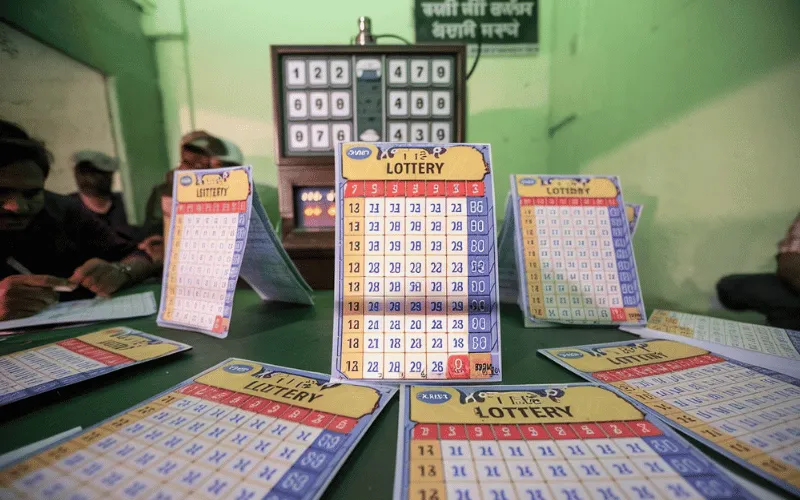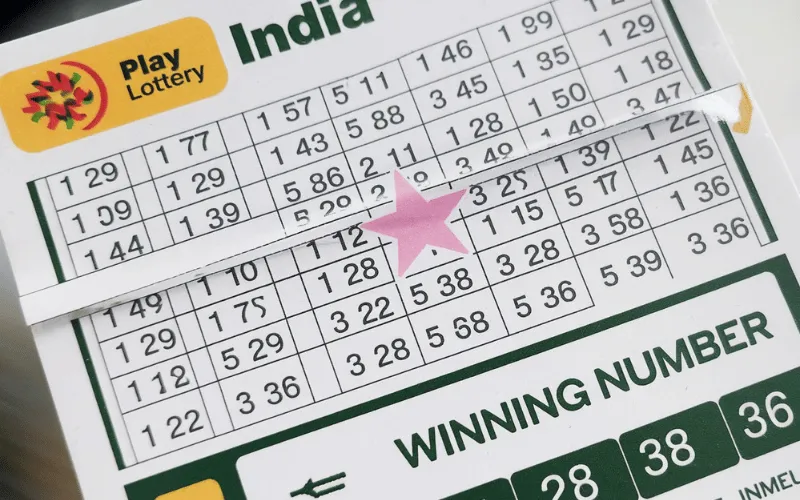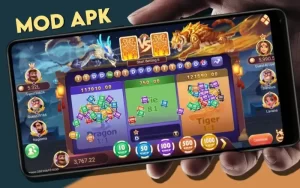The India lottery draw has become one of the most exciting opportunities for players across the country to test their luck and win life-changing prizes. With millions of people participating daily, weekly, and monthly, the lottery is not only a source of entertainment but also a regulated platform for generating revenue for different state governments. Whether you are a first-time buyer or a regular participant, understanding how the India lottery draw works can make your experience more enjoyable and responsible.
History and Legality of Lottery in India
Lotteries in India have a long history, dating back several decades. While some states have banned them, others actively organize government-approved lottery draws to boost revenue and fund development programs. The legality of the India lottery draw depends on state laws. According to the Lotteries (Regulation) Act of 1998, states are allowed to conduct lotteries if they follow the rules set by the central government.
Currently, states like Kerala, Sikkim, Nagaland, Maharashtra, and West Bengal are among the most popular for organizing India lottery draw events. Kerala, in particular, has one of the oldest and most trusted lottery systems in the country, where proceeds go toward public welfare initiatives.
How the India Lottery Draw Works
The process of an India lottery draw is straightforward but highly regulated to ensure fairness and transparency.
- Ticket Purchase – Players buy tickets either from authorized offline vendors or through online platforms in states where digital purchase is permitted.
- Unique Numbers – Each ticket carries a unique number or code that enters the pool for the draw.
- Drawing of Numbers – On the announced date and time, a random number generator or mechanical system selects the winning numbers.
- Result Announcement – Results are published through newspapers, official websites, and sometimes live telecasts.
- Claiming Prizes – Winners can claim their prize by submitting the original ticket along with proof of identity. For large prizes, winners may need to go through additional verification and tax deductions.
This systematic approach ensures that the India lottery draw is free from bias and accessible to participants from all walks of life.
Popular State Lotteries in India

Several states run their own versions of the India lottery draw, each offering unique formats and prize structures. Some of the most recognized ones include:
- Kerala State Lottery – Famous for its bumper lotteries like Onam and Vishu.
- Sikkim State Lottery – Known for its daily and online lottery draws.
- Nagaland State Lottery – Popular among northeastern states with affordable ticket prices.
- Maharashtra State Lottery – Offers both daily and weekly draws.
- West Bengal Lottery – Features attractive prize amounts for regular participants.
Each state lottery contributes significantly to state welfare programs, making the India lottery draw more than just a game of chance—it also supports social development.
Online India Lottery Draw
In the digital age, many players prefer buying tickets online for convenience. Some authorized websites and apps allow participants to purchase tickets, check results instantly, and claim smaller prizes directly through digital channels. However, it is essential to ensure that the platform is government-approved or licensed to avoid scams.
The online India lottery draw is especially popular among tech-savvy players and those who don’t have easy access to offline vendors. It also makes participation easier for people living outside the state where the lottery is being conducted.
Tips for Playing the India Lottery Draw
While lotteries are games of chance, there are smart practices that can enhance your experience:
- Buy from Authorized Sellers – Always purchase tickets from verified outlets or official websites.
- Keep Tickets Safe – The ticket is your only proof of participation, so store it securely.
- Double-Check Numbers – Verify results through official sources to avoid misinformation.
- Set a Budget – Treat the India lottery draw as entertainment, not a guaranteed source of income.
- Play Consistently but Responsibly – Many regular players set aside a small budget for tickets instead of spending excessively.
Impact of India Lottery Draw on Society
Beyond individual winnings, the India lottery draw has a wider impact on communities. State governments use the revenue generated to fund infrastructure projects, healthcare initiatives, and educational programs. For example, Kerala’s lottery scheme has contributed significantly to welfare funds for the poor and underprivileged.
This social contribution makes lotteries more than just games of chance—they act as tools for public good. However, responsible play is always encouraged to prevent addiction or financial strain.
Claiming Winnings from India Lottery Draw
If you are lucky enough to win, claiming your prize is the next important step. Smaller prizes can often be claimed directly from lottery agents or through digital transfers (in case of online purchases). Larger winnings require a more formal process:
- Submission of the original ticket.
- Identity verification with documents such as Aadhaar card or PAN card.
- Payment of applicable taxes, since large lottery prizes are subject to income tax under Indian law.
Following these steps ensures that your India lottery draw winnings are processed smoothly and legally.
Conclusion
The India lottery draw is an exciting blend of chance, tradition, and social contribution. With millions of people participating across various states, it continues to be a popular form of entertainment and hope. While it offers the thrill of winning big, it is equally important to approach it with responsibility and awareness. Whether played offline or online, the lottery remains one of India’s most fascinating and regulated games of luck, bringing dreams closer to reality while supporting the greater good of society.

















